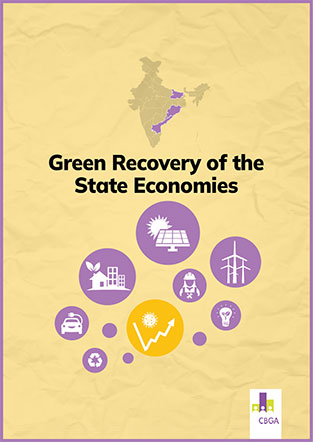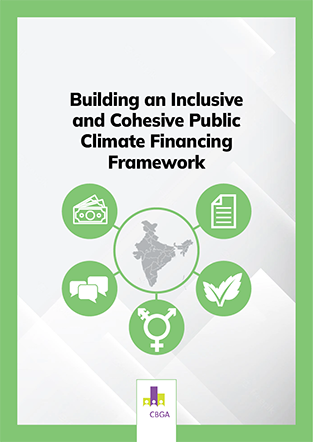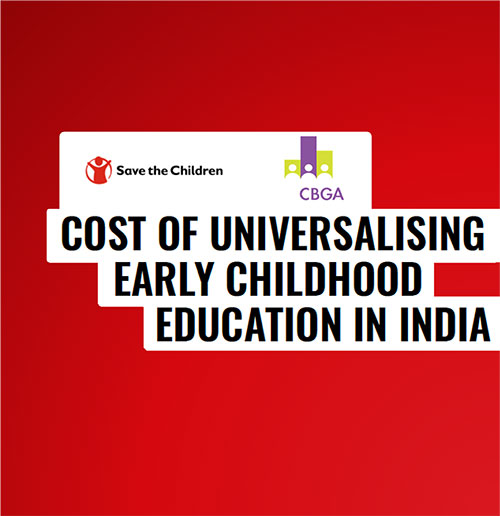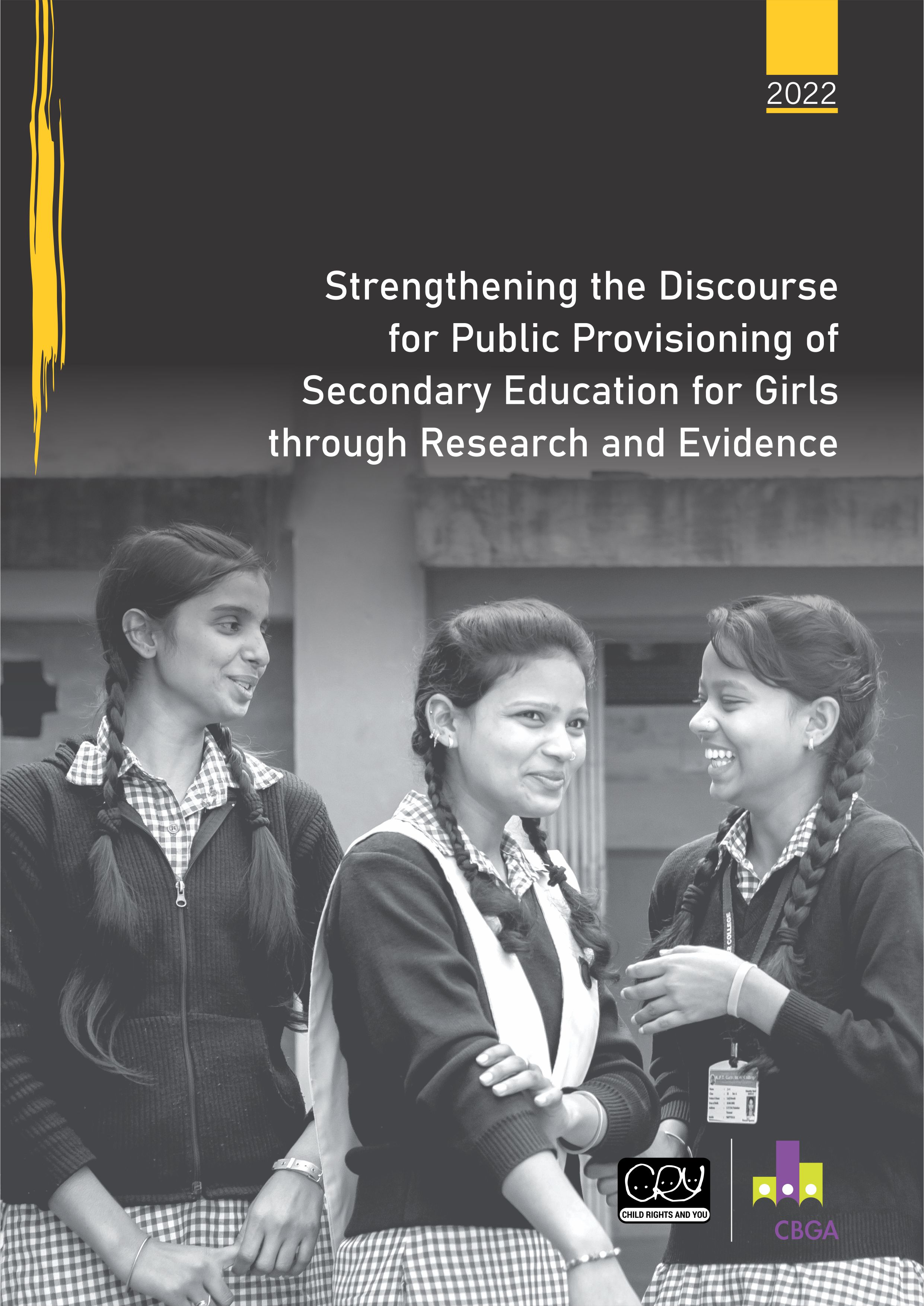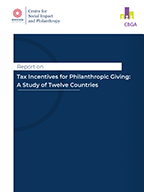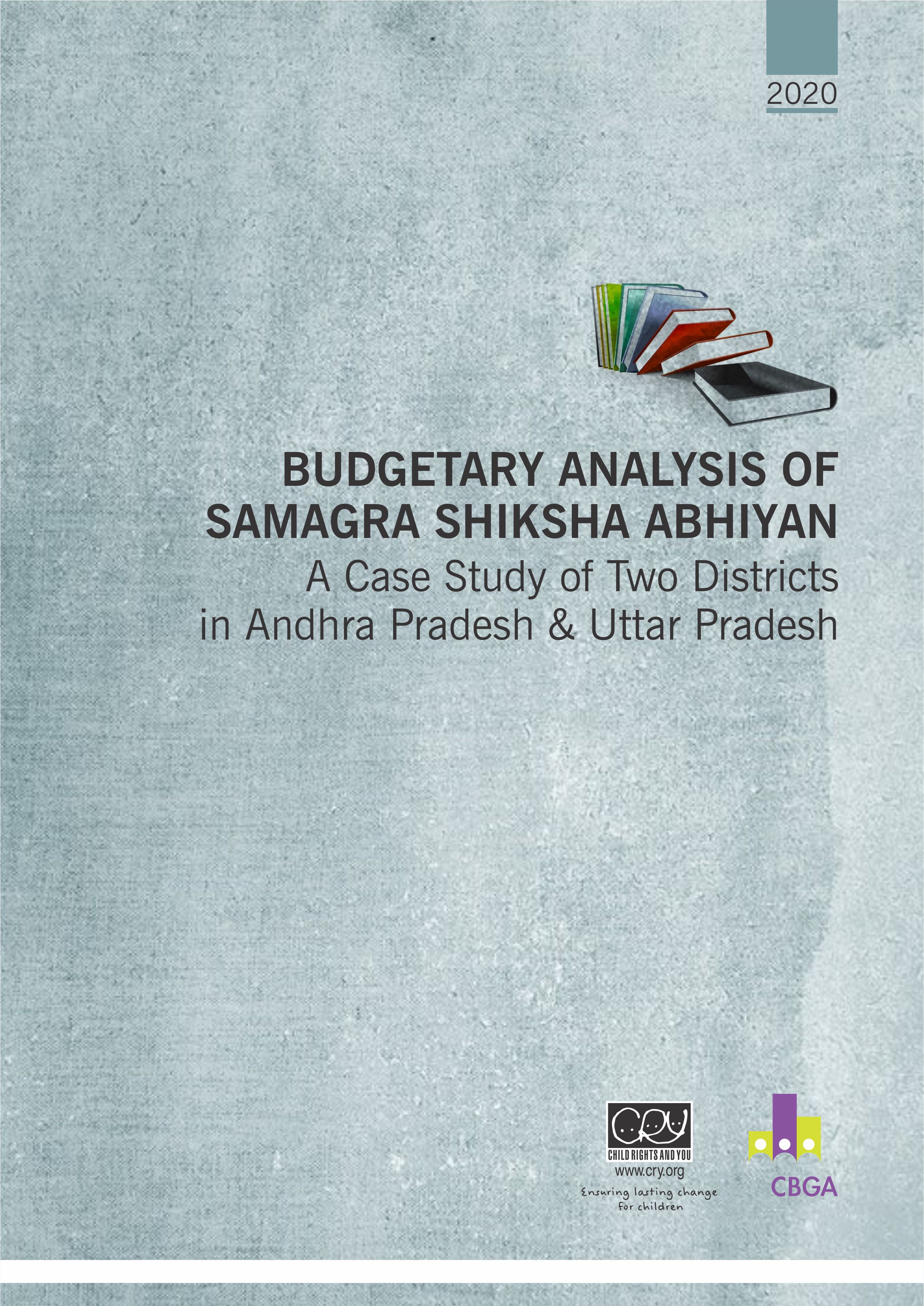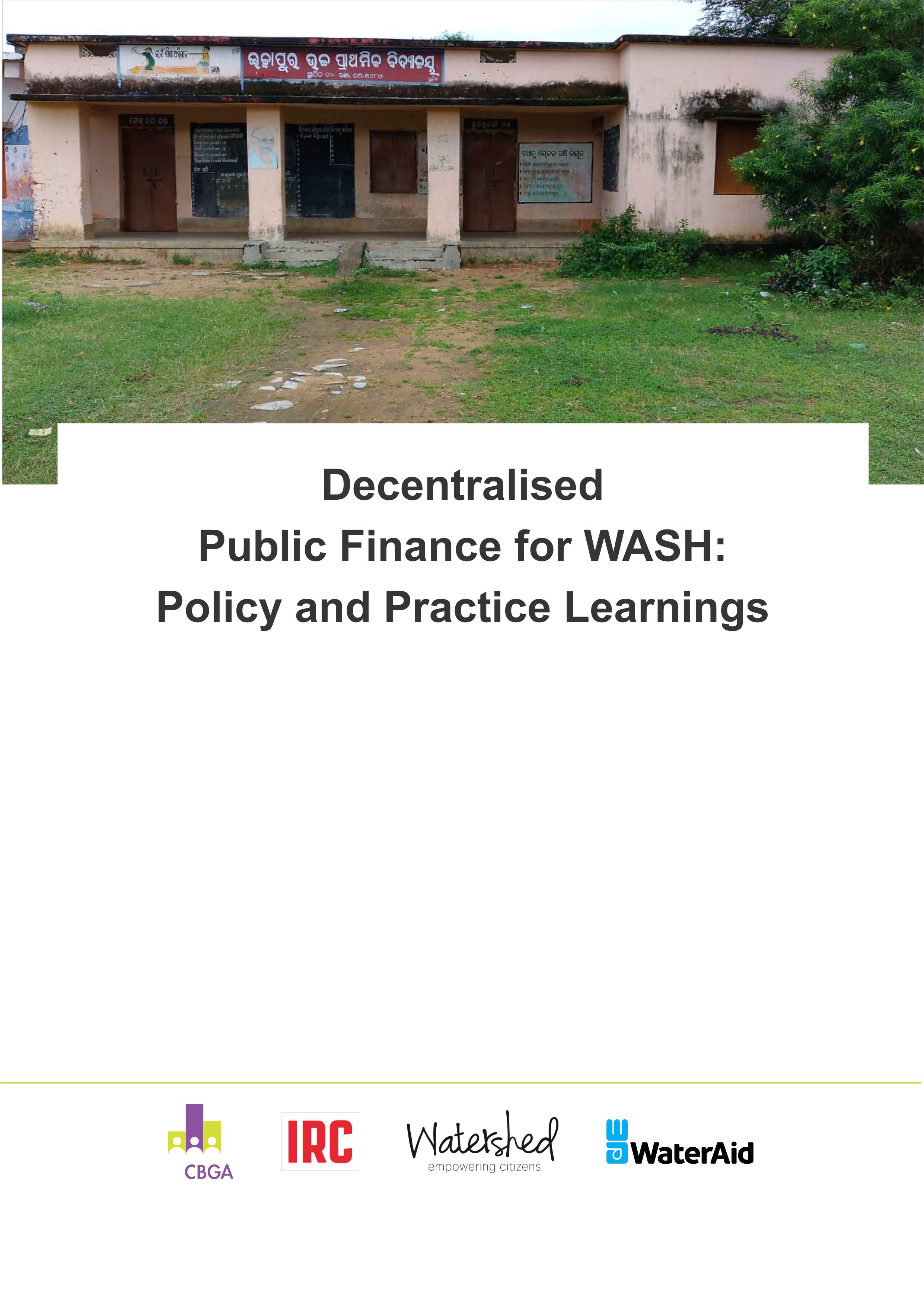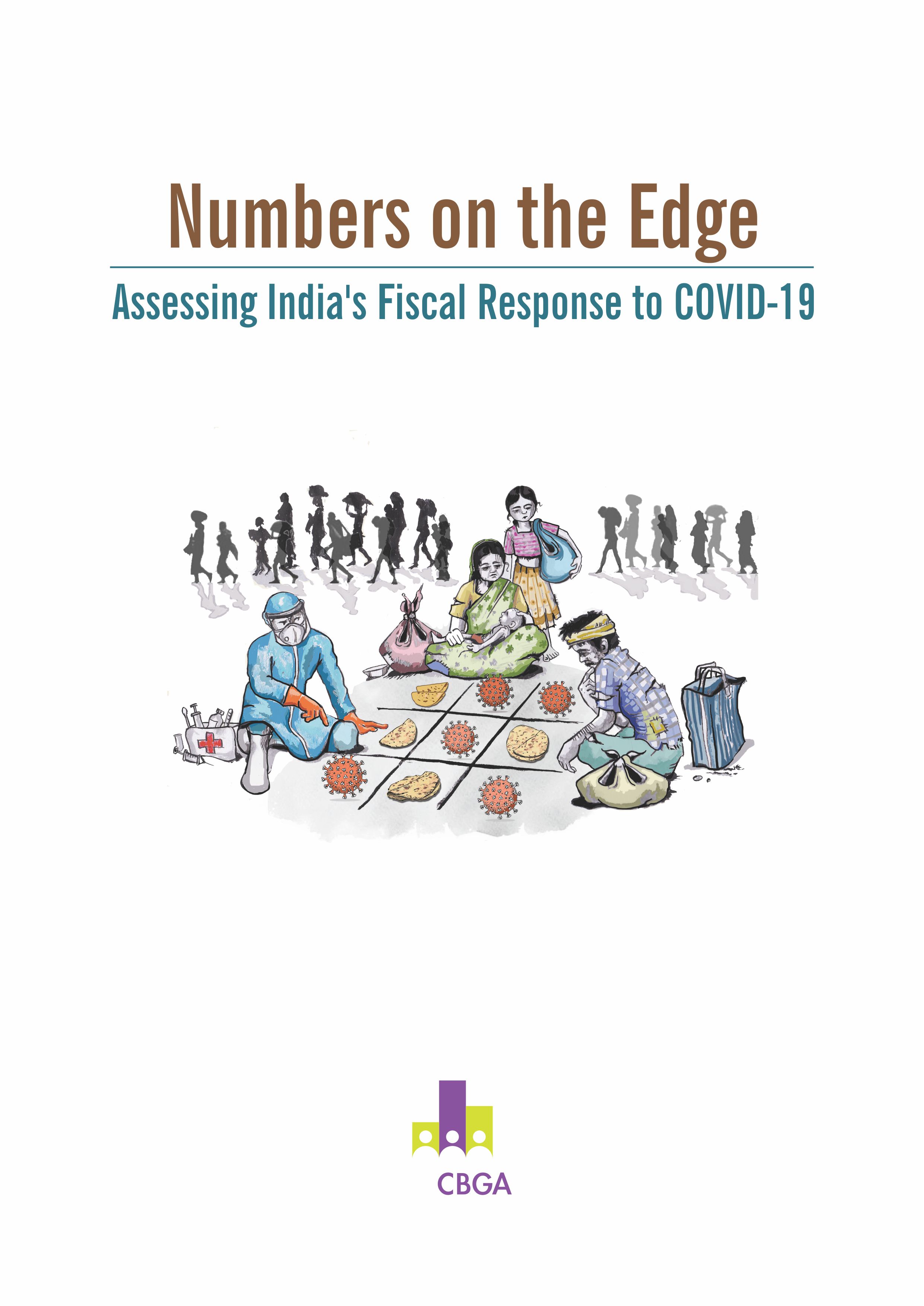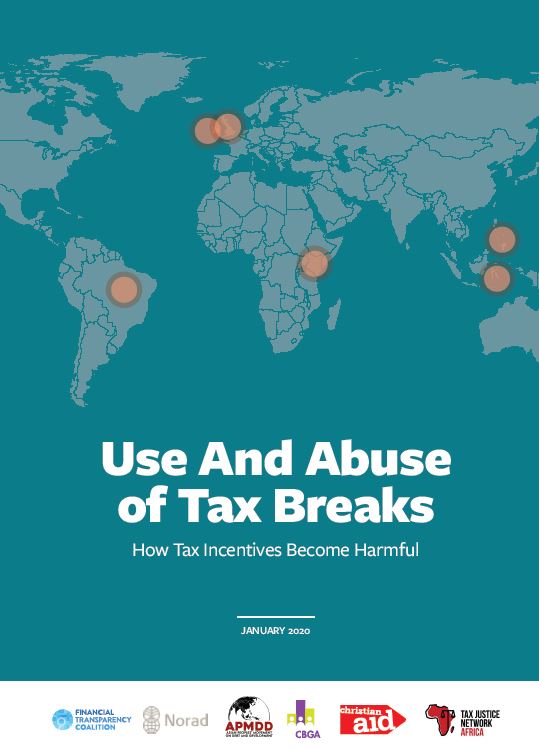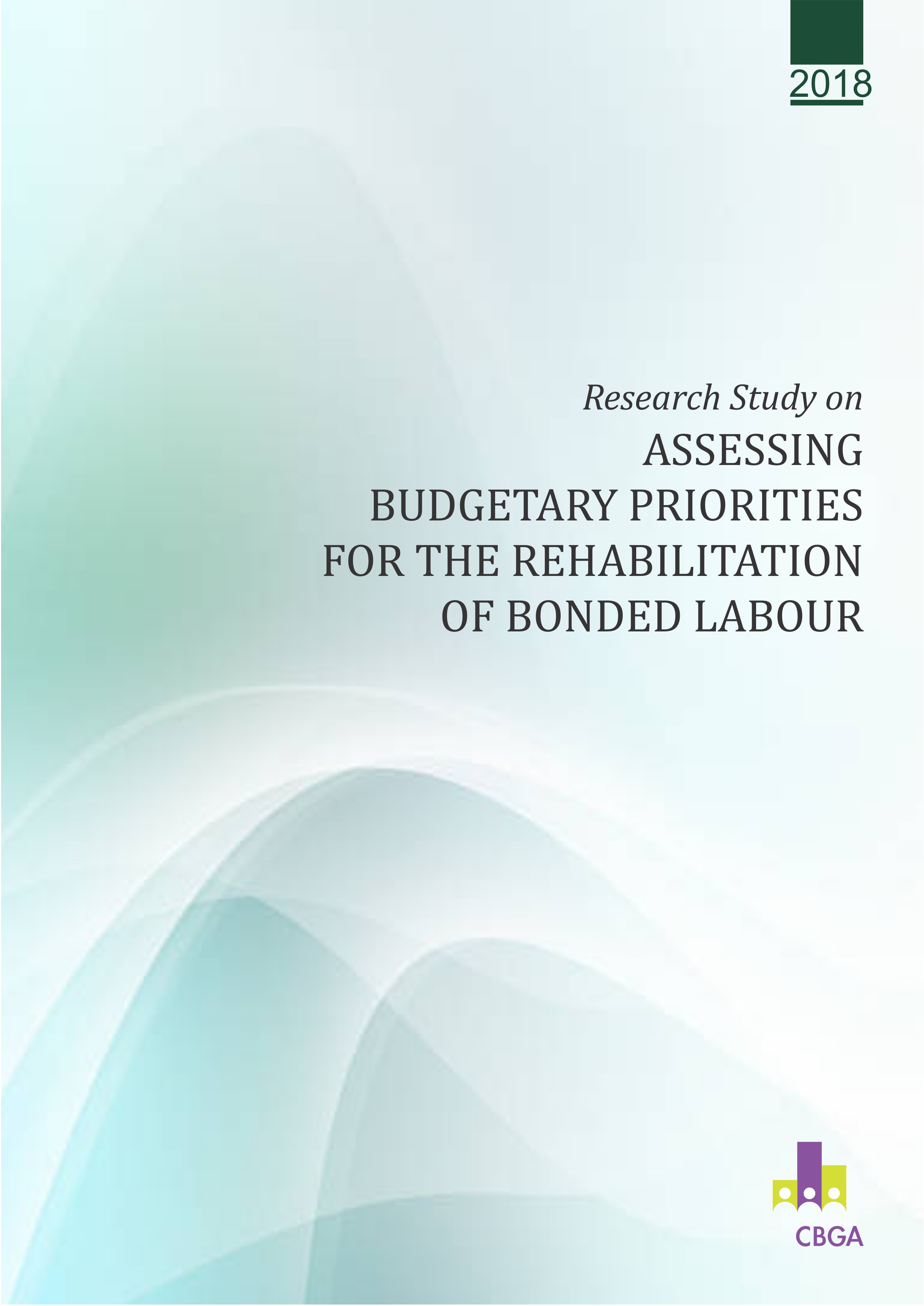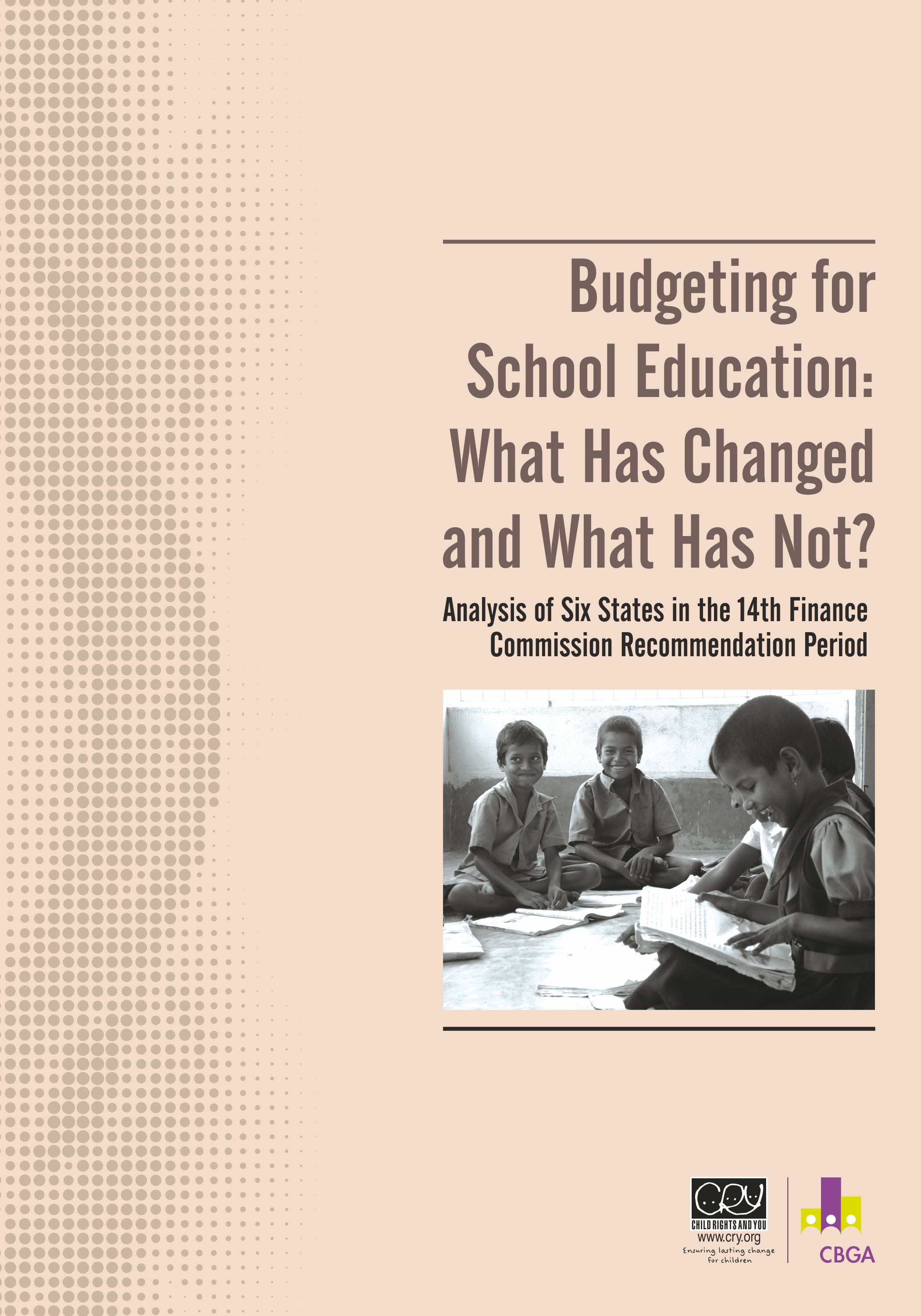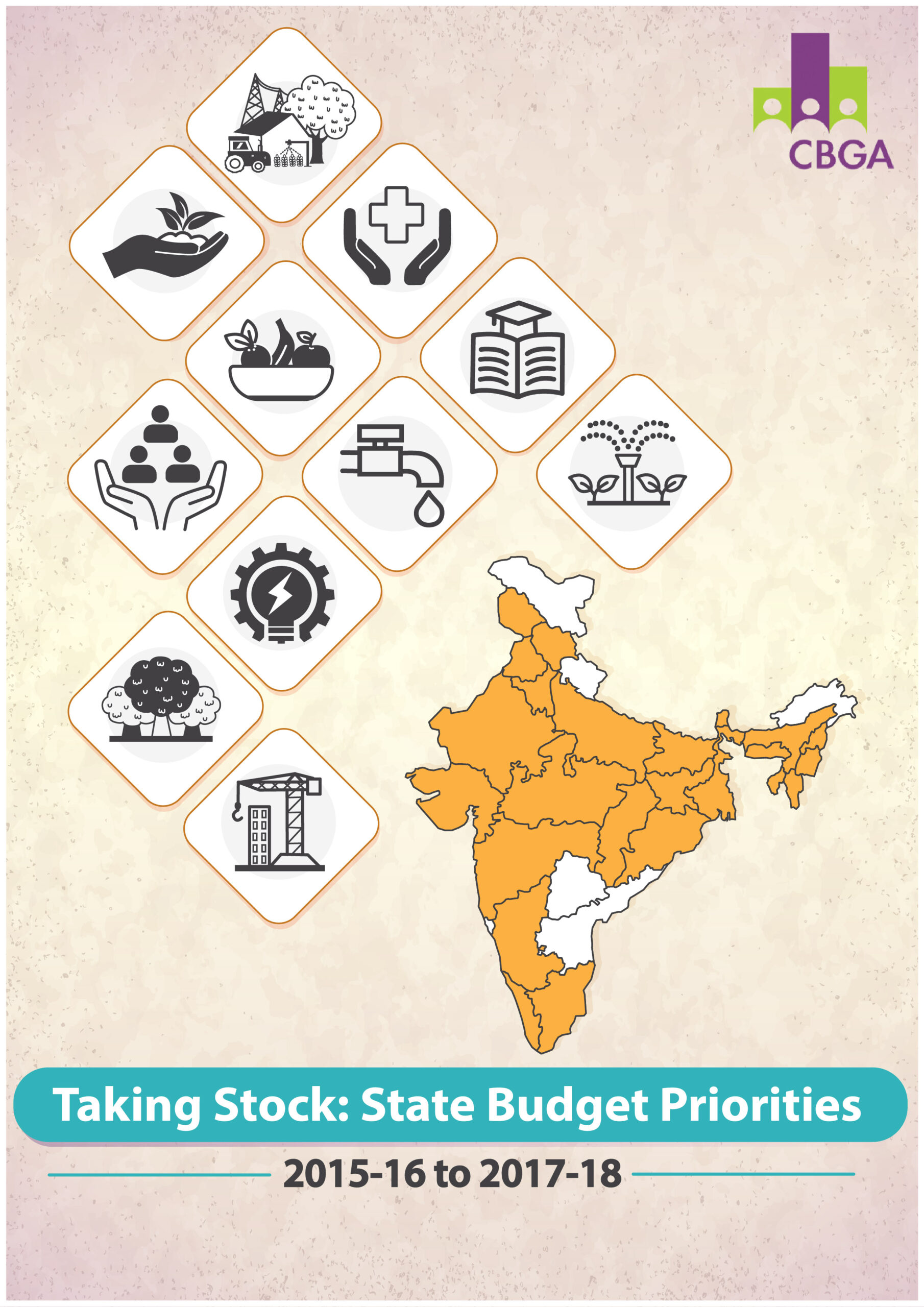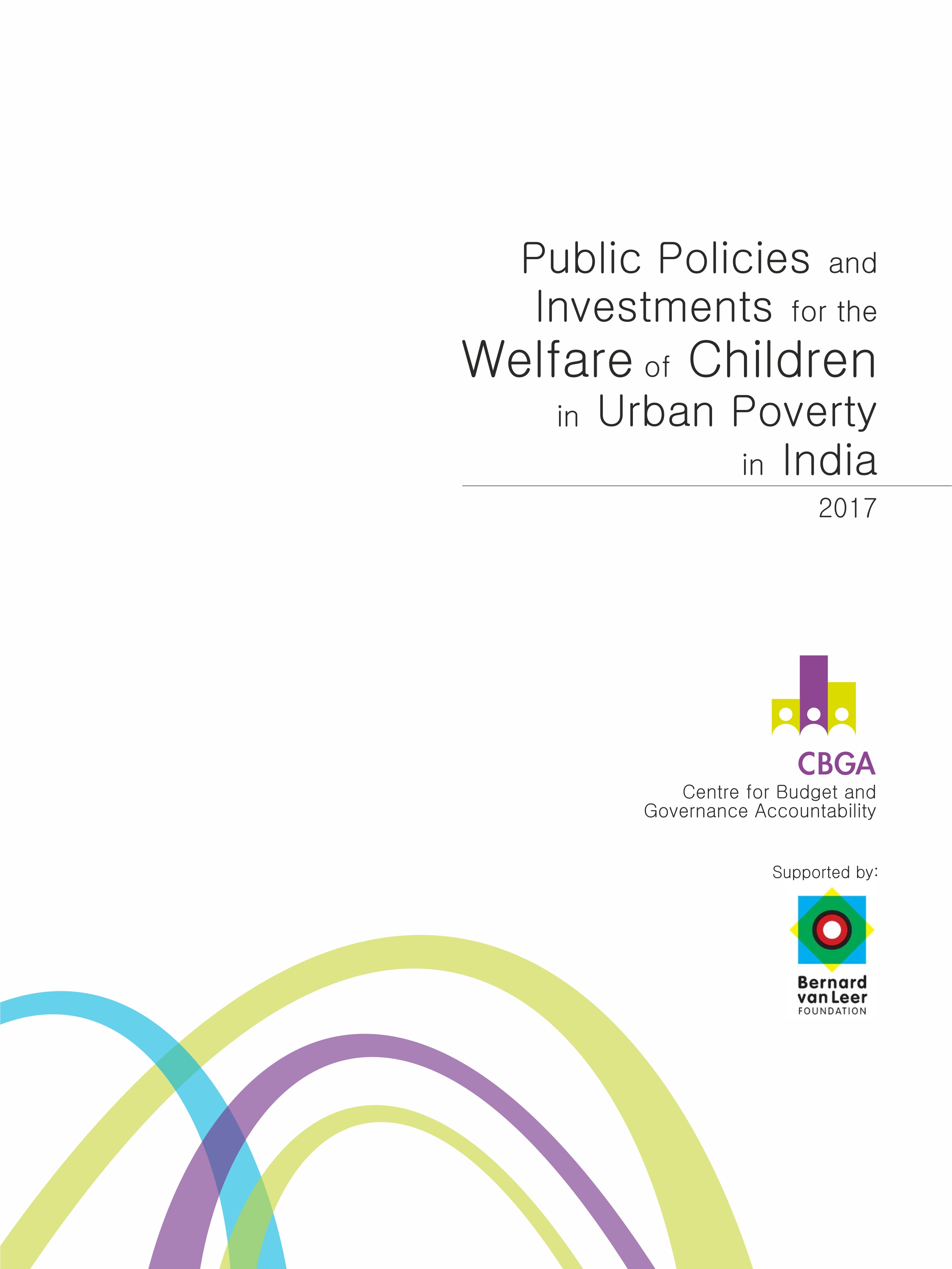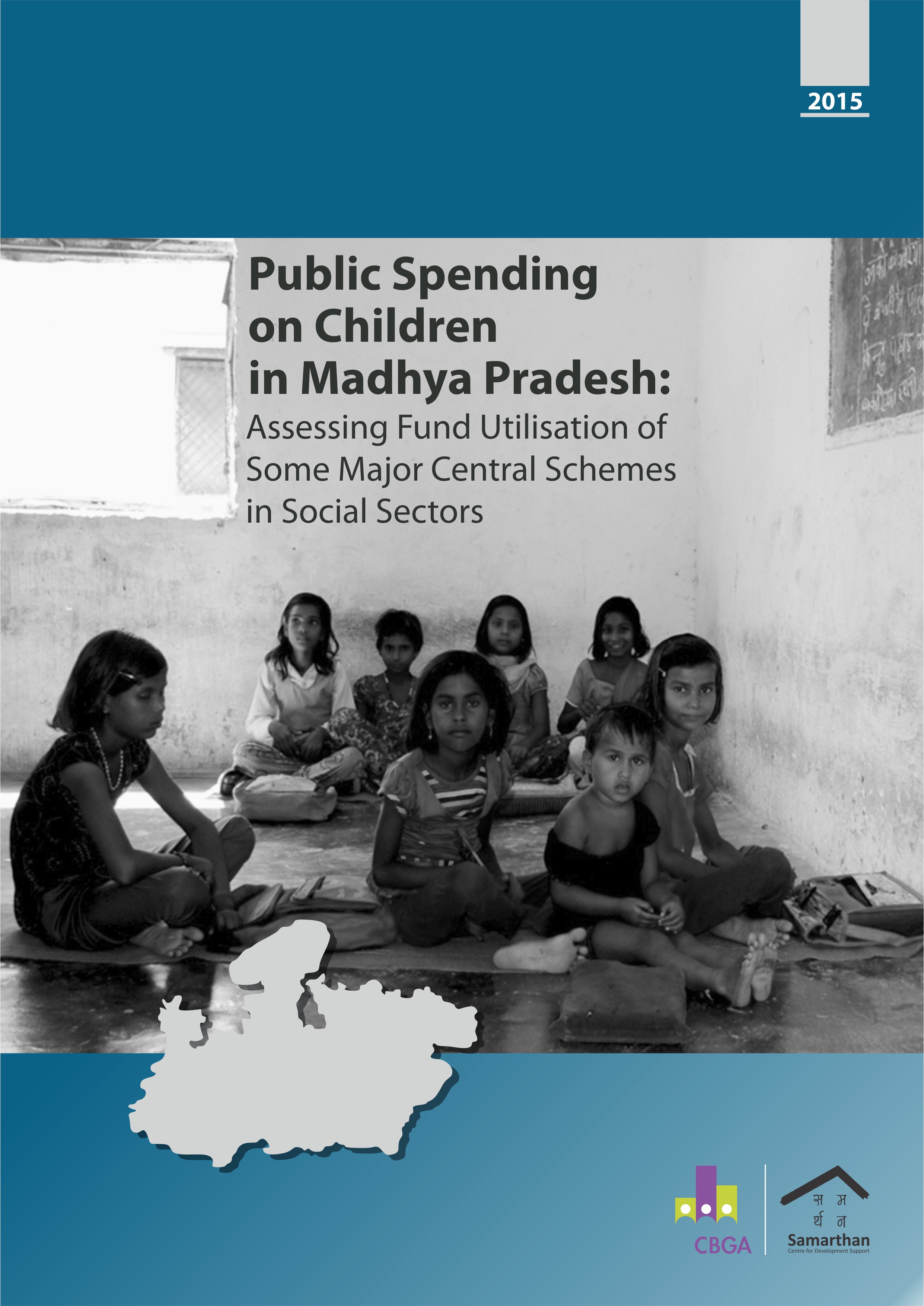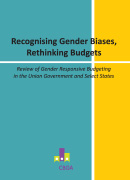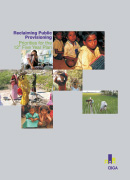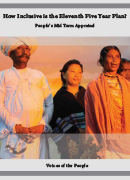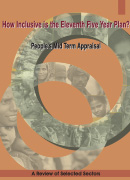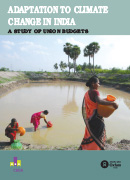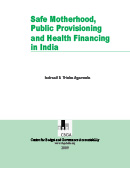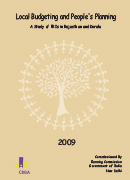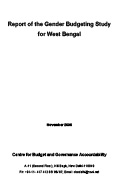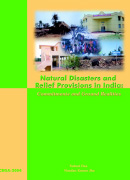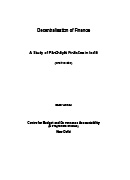Commitment to hand hygiene promotion in India
It is a well -established fact that hygiene behaviors prevent diseases and promote good health, and also have long-term beneficial economic implications. Needless to say, improved hand hygiene practices can reduce the incidence of upper respiratory tract infections and healthcare-associated infections. It is also the first line of defense against the spread of infectious diseases in healthcare facilities, including COVID-19.
To understand the gaps and to highlight the need to invest in the promotion and practice of hand hygiene in India, CBGA and Centre for Youth and Social Development (CYSD) supported by Unicef India and IRC assessed the existing commitments at the national level and at the state level (Odisha), and their implementation at the district level.
The results of the assessments and recommendations for hand hygiene programming at national, state and district level are published in a series of four reports and four policy briefs. The recommendations are presented from a systems perspective focusing on five building blocks: policy and legislation, finance, institutions, monitoring and infrastructure.
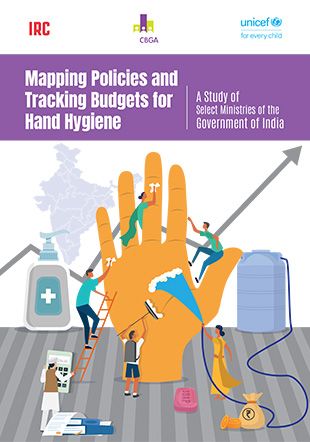 Report Mapping Policies and Tracking Budgets for Hand Hygiene - National Level
Report Mapping Policies and Tracking Budgets for Hand Hygiene - National Level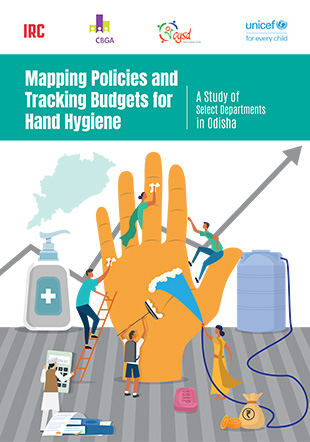 Report Mapping Policies and Tracking Budgets for Hand Hygiene - Odisha
Report Mapping Policies and Tracking Budgets for Hand Hygiene - Odisha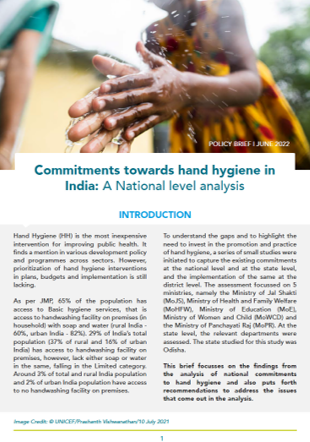 National level analysis
National level analysis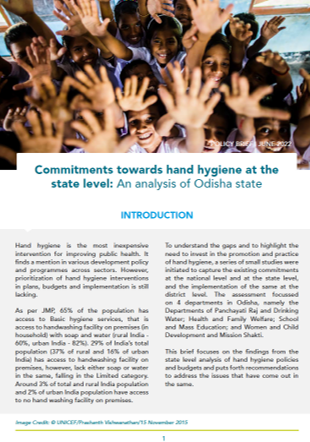 Analysis of Odisha state
Analysis of Odisha state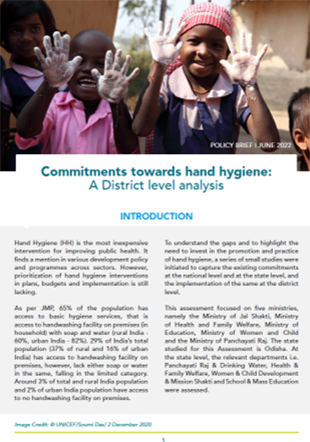 District level analysis (Ganjam and Mayurbhanj, Odisha)
District level analysis (Ganjam and Mayurbhanj, Odisha)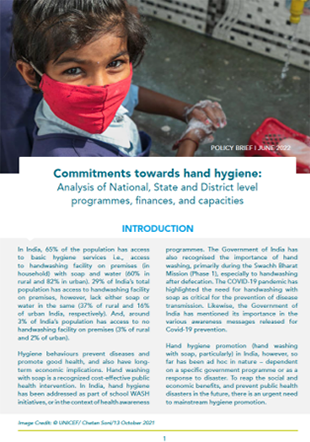 Analysis of national, state and district level programmes, finances, and capacities
Analysis of national, state and district level programmes, finances, and capacities


